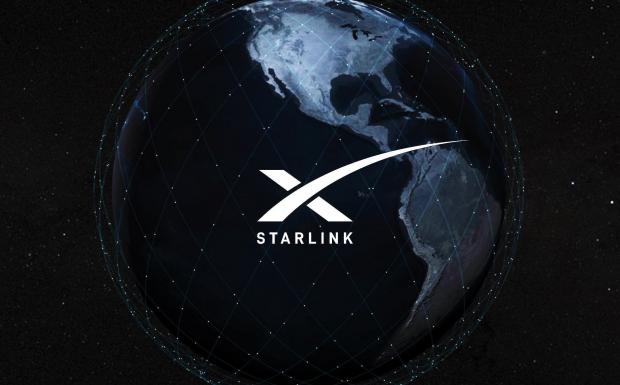
Breaking News
 Harbor Freight Coverpro 12x20 made into a Metal Building part 2
Harbor Freight Coverpro 12x20 made into a Metal Building part 2
 Brian Cole BUSTED, Halle Berry NUKES Newsom + Candace REJECTS TPUSA Challenge...
Brian Cole BUSTED, Halle Berry NUKES Newsom + Candace REJECTS TPUSA Challenge...
 I spent my Thanksgiving in the emergency rom... Medical emergencies can pop up at any time.
I spent my Thanksgiving in the emergency rom... Medical emergencies can pop up at any time.
 The "Golden Age" of Job Layoffs?
The "Golden Age" of Job Layoffs?
Top Tech News
 Build a Greenhouse HEATER that Lasts 10-15 DAYS!
Build a Greenhouse HEATER that Lasts 10-15 DAYS!
 Look at the genius idea he came up with using this tank that nobody wanted
Look at the genius idea he came up with using this tank that nobody wanted
 Latest Comet 3I Atlas Anomolies Like the Impossible 600,000 Mile Long Sunward Tail
Latest Comet 3I Atlas Anomolies Like the Impossible 600,000 Mile Long Sunward Tail
 Tesla Just Opened Its Biggest Supercharger Station Ever--And It's Powered By Solar And Batteries
Tesla Just Opened Its Biggest Supercharger Station Ever--And It's Powered By Solar And Batteries
 Your body already knows how to regrow limbs. We just haven't figured out how to turn it on yet.
Your body already knows how to regrow limbs. We just haven't figured out how to turn it on yet.
 We've wiretapped the gut-brain hotline to decode signals driving disease
We've wiretapped the gut-brain hotline to decode signals driving disease
 3D-printable concrete alternative hardens in three days, not four weeks
3D-printable concrete alternative hardens in three days, not four weeks
 Could satellite-beaming planes and airships make SpaceX's Starlink obsolete?
Could satellite-beaming planes and airships make SpaceX's Starlink obsolete?
Elon Musk: SpaceX will double Starlink's satellite internet speeds in 2021

SpaceX CEO Elon Musk said on Twitter Monday that his company's satellite internet service, Starlink, will offer speeds close to 300 Mbps later in 2021. That's roughly twice as fast as currently advertised, and would represent a significant step forward for the service as it seeks to deliver high-speed internet to underserved regions across the globe.
The tweet came in reply to a customer posting their at-home speed test results with a newly installed Starlink connection.
Latency, a measure of how long it takes your internet signal to travel to space and back, will also drop to around 20ms this year, Musk added. That would be a validation of the company's strategy of launching its satellites into low-Earth orbit, which reduces the distance that those signals need to travel. That strategy has also raised red flags with astronomers worried about obstructions to night sky visibility, which is something SpaceX has been working to address with updates to its satellite design.
Musk went on to reply to another user who asked for a coverage map, telling them that Starlink will cover "most of Earth by end of year, all by next year." From there, Musk said, it's all about "densifying coverage," though he noted that the satellite internet coverage is best suited for regions with low to medium population density.
Starlink now boasts over 10,000 customers, and comprises a growing network (or "constellation") of over 1,200 low-Earth orbit satellites capable of providing an internet signal to homes equipped with a receiver dish. The $99-per-month service, which also charges $500 as the initial equipment cost, is accepting preorders for customers in parts of Canada, the UK and the northwest US between latitudes 45 and 53 degrees North, as well as other select locations.
The scope of that coverage is expected to grow as SpaceX continues launching additional satellites into orbit -- ultimately, as many as 30,000 of them.

 First totally synthetic human brain model has been realized
First totally synthetic human brain model has been realized Mach-23 potato gun to shoot satellites into space
Mach-23 potato gun to shoot satellites into space

